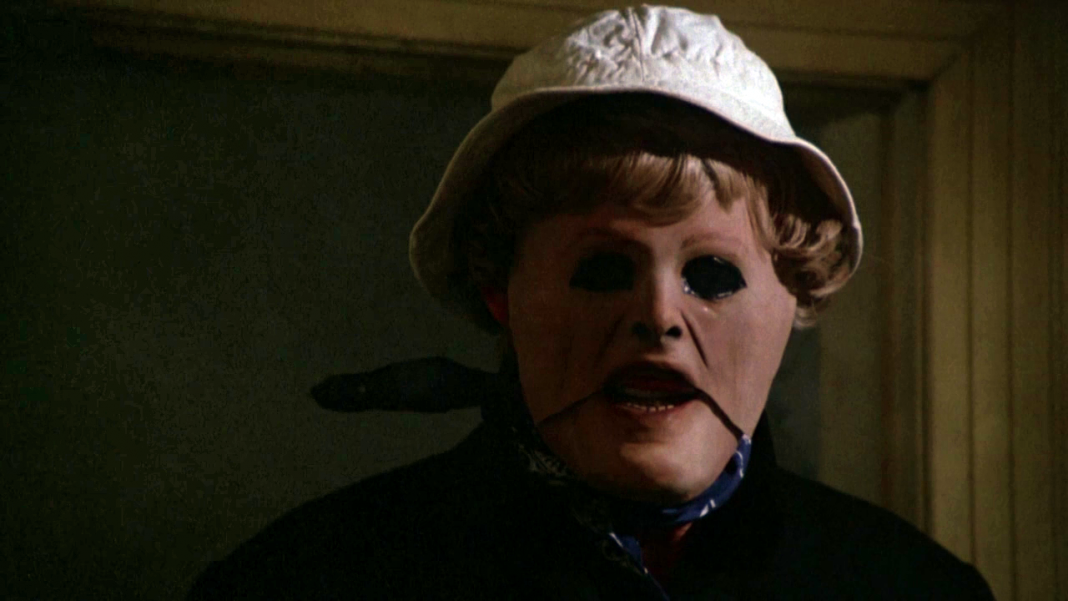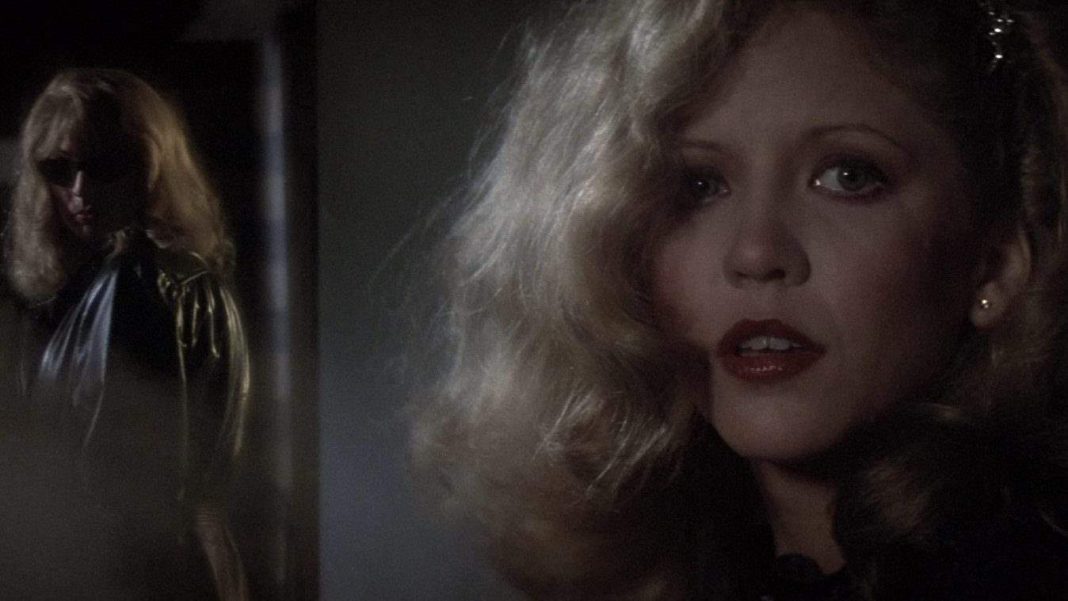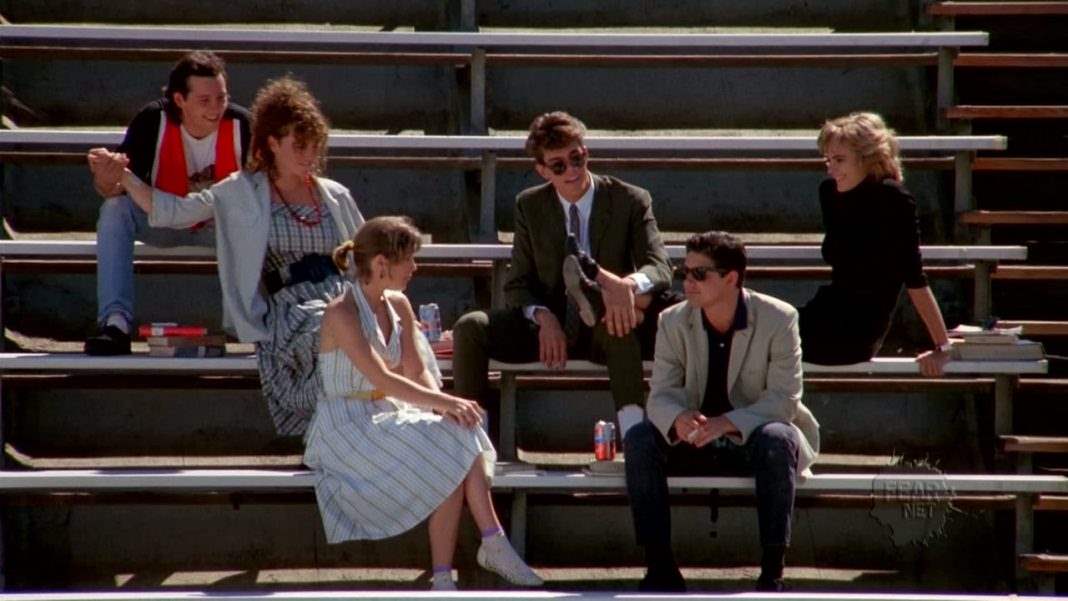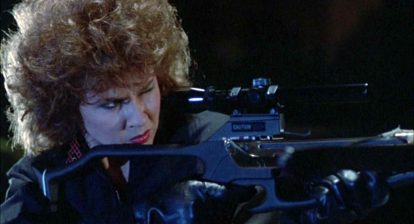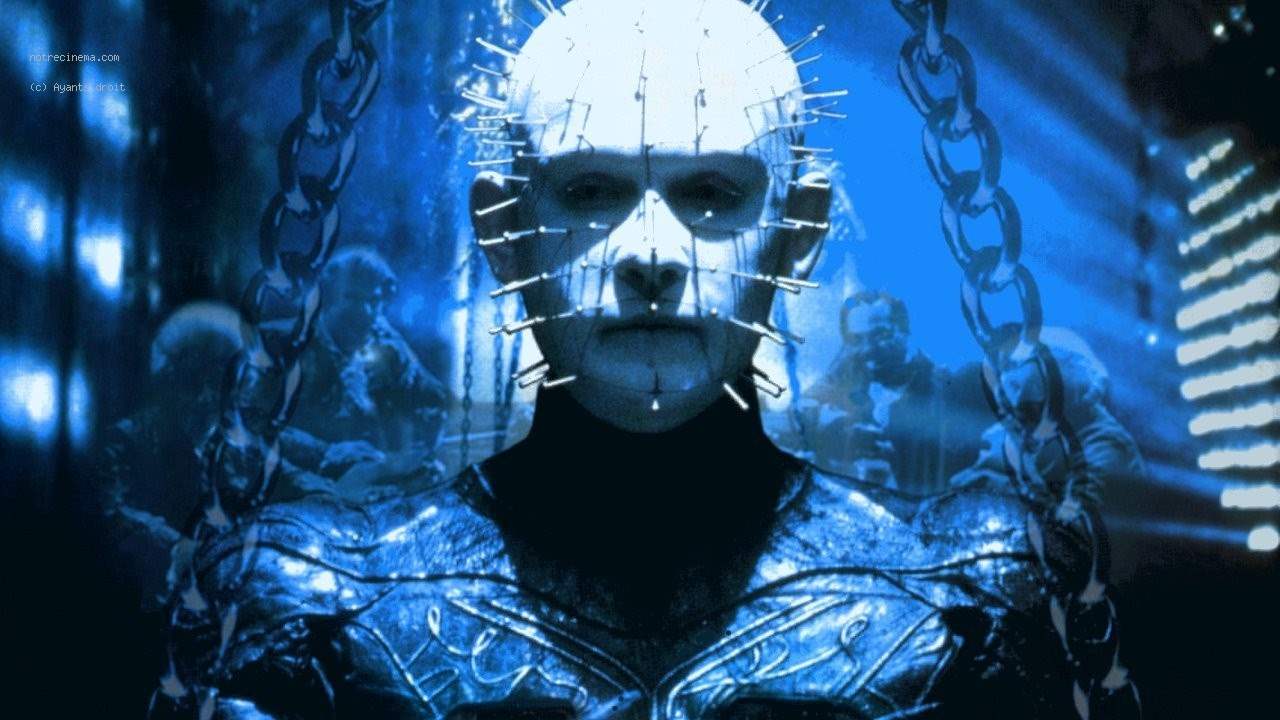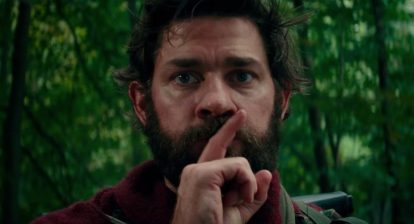Most horror films from the 1970s fall into certain set categories. Some of them, admittedly, created those categories, but that’s still where we typically consider them to reside. For example, Black Christmas and Halloween were not necessarily known as slashers when they were released, but that’s what we generally consider them to be. Texas Chain Saw Massacre and The Hills Have Eyes basically kicked off the trend of backwoods cannibal horror movies.
Tourist Trap, however, doesn’t really fit neatly into any specific category. Instead, it feels like several different films at once and each one of them is interesting and each one of them is unique. It’s one of the weirdest American horror films of its era and that’s exactly what makes it so memorable.
The greatest thing about this film is that the storyline unravels as it goes. It starts getting weird and then just keeps on getting weirder and weirder, taking more and more unexpected turns, right up until the very end. I always commend the unexpected in horror movies, and Tourist Trap is absolutely that.
It starts off relatively normal. In fact, it starts off with a scenario that we can all recognize. We’ve got a van full of young people in an isolated location, they’re stranded and they need help, but they’re in the middle of nowhere. It’s the sort of situation we’ve seen play out in horror movies a thousand times over.

And once Chuck Connors comes into the picture as a clearly unstable man running a roadside attraction—the titular tourist trap that really appears to be the least important part of the feature—we think maybe it is the slasher we were expecting. So many questions are raised. Even though it’s nearly forty years old this film still leaves viewers on the edge of their seats.
Who is this guy? What about the mysterious brother? How do the haunted mannequins factor in? There are so many things going on. The plot builds and builds, shredding the illusion of the clear-cut slasher you think that Tourist Trap is going to be with each passing scene.
Most importantly—and this is a rarity, I’ll admit—Tourist Trap works because the answers to these questions actually make the movie better. There are conventional answers to each question that the film raises, and it never chooses any of them.
 Where’s the brother? In his head. What about the haunted mannequins? They’re not haunted, he’s controlling them with his telekinetic powers. These plot points sound absolutely ludicrous, and they are, but that’s what makes it such a fascinating cult classic.
Where’s the brother? In his head. What about the haunted mannequins? They’re not haunted, he’s controlling them with his telekinetic powers. These plot points sound absolutely ludicrous, and they are, but that’s what makes it such a fascinating cult classic.
Tourist Trap is a great horror movie to watch with first time viewers. I always love to show it to people who have never heard of it and don’t know what it’s about. Because it’s so rewarding to watch the faces of new viewers who have no idea what to expect. Ideally, this should always be shown on a double-bill with something like Texas Chain Saw Massacre, so that you think you’re getting the same story, until you really don’t.
Tourist Trap makes its weirdness work, and it works really well. It’s a film that never does the expected thing, which is so rewarding as a viewer. As a result, it somehow feels fresh each and every time you watch it. You can clearly see the amount of hard work that went into just getting it made.
I have a feeling that Chuck Connors had no idea what his character was actually supposed to be or what his motivations were laid out as according to the script. But he plays it with such sincerity. He’s zany, he’s off-beat, but this is clearly a very human character even if he has a split personality and psychic powers. That’s not the sort of thing anyone expects to have to play as an actor. But he just rolls with it to such a satisfying degree.
 There’s also a great atmosphere to Tourist Trap. Because you never really know what to expect from the film, you’re always on the edge of your seat. The score plays to that too. It builds a great sense of dread and tension, but at the same time it’s also really playful.
There’s also a great atmosphere to Tourist Trap. Because you never really know what to expect from the film, you’re always on the edge of your seat. The score plays to that too. It builds a great sense of dread and tension, but at the same time it’s also really playful.
While it’s remembered as a cult classic, Tourist Trap is also something of a forgotten gem of its era. It never completely got the audience of other drive-in hits of the era, which is, I think, in part due to the fact that it is so hard to pigeonhole as one type of thing. But that’s also the thing that, all these years later, remains its greatest strength.
